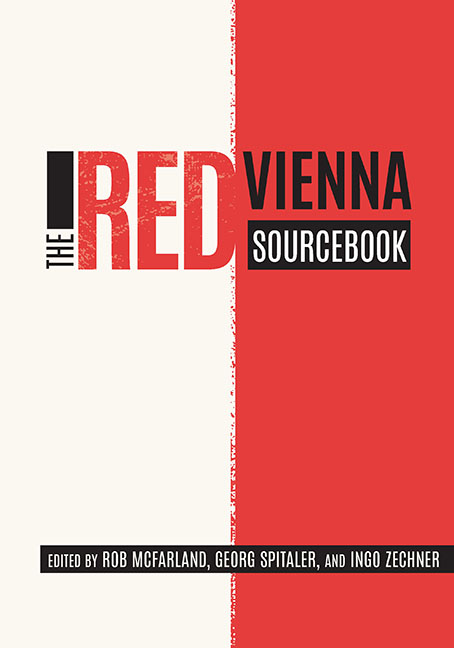Book contents
- Frontmatter
- Contents
- Acknowledgments
- Permissions and Credits
- A Note on the Structure of This Book
- Introduction
- Part I Foundations
- Part II Philosophies
- Part III Identities
- Part IV New Values
- Part V Social Engineering
- Part VI Vitality
- Part VII Housing
- Part VIII Cultural Politics
- Part IX Mass Media
- Part X Exchange
- Part XI Reaction
- Part XII Power
- Chronology
- References
- Contributors
- Index of Subjects
- Index of Persons
Chapter 30 - Global|Resonances
Published online by Cambridge University Press: 23 October 2020
- Frontmatter
- Contents
- Acknowledgments
- Permissions and Credits
- A Note on the Structure of This Book
- Introduction
- Part I Foundations
- Part II Philosophies
- Part III Identities
- Part IV New Values
- Part V Social Engineering
- Part VI Vitality
- Part VII Housing
- Part VIII Cultural Politics
- Part IX Mass Media
- Part X Exchange
- Part XI Reaction
- Part XII Power
- Chronology
- References
- Contributors
- Index of Subjects
- Index of Persons
Summary
WHEN CONSIDERING RED VIENNA's international presence, it is important to keep three different facets in mind: first, the advertising aimed at international recognition of the institutions of Red Vienna which became increasingly professional over the course of the 1920s; second, the way that this recognition was successfully maintained vis-à-vis Red Vienna's base of support and its political enemies; and finally, the evidence that would substantiate this recognition. The city's active advertising campaigns sought to reach both an international socialist audience and a wider bourgeois public. This strategy reflects Red Vienna's interior publicity efforts as well, which were often seen as being at cross purposes when they tried to reach both their own base and the moderate bourgeois voters. Evidence for the massive advertising campaigns can be found in all of Red Vienna's political fields, from educational politics to the massive communal building program. Brochures were printed in different languages for distribution through the socialist parties in England or Holland. The strategic center for the dissemination of the advertising was the Social and Economic Museum (Gesellschafts- und Wirtschaftsmuseum), which used innovative methods to communicate the aspirations and accomplishments of Red Vienna both nationally and internationally. To accomplish this task, new photo formats were developed, and the so-called Vienna Method of Pictorial Statistics (later referred to as Isotype) was developed and successfully implemented by Otto Neurath (1882–1945) and his team. International reaction to the public relations campaigns contain proof of the active policy of inviting visitors to Vienna. In addition to these measures, the city hosted huge international events such as the International Socialist Youth Meeting in 1929 and the Second Workers’ Olympics in 1931.
Claims of international legitimacy were primarily aimed at forces within Austria. Beginning in the late 1920s, these assertions of legitimacy became stronger in response to the economic crisis and increasingly heated altercations with the National Socialists. Vienna was showcased as a model for the world. The full-length campaign film Das Notizbuch des Mr. Pim (Mr. Pim's Trip to Europe), produced in 1930, is built around this narrative. It follows an American newspaper editor as he witnesses first-hand the achievements of Red Vienna. In this phase, the Social Democratic media portray a global perspective that integrates even nonsocialist ideas from around the world, such as Gandhi's struggle for Indian independence or the political and cultural developments within the African American community in the United States.
- Type
- Chapter
- Information
- The Red Vienna Sourcebook , pp. 587 - 606Publisher: Boydell & BrewerPrint publication year: 2019

